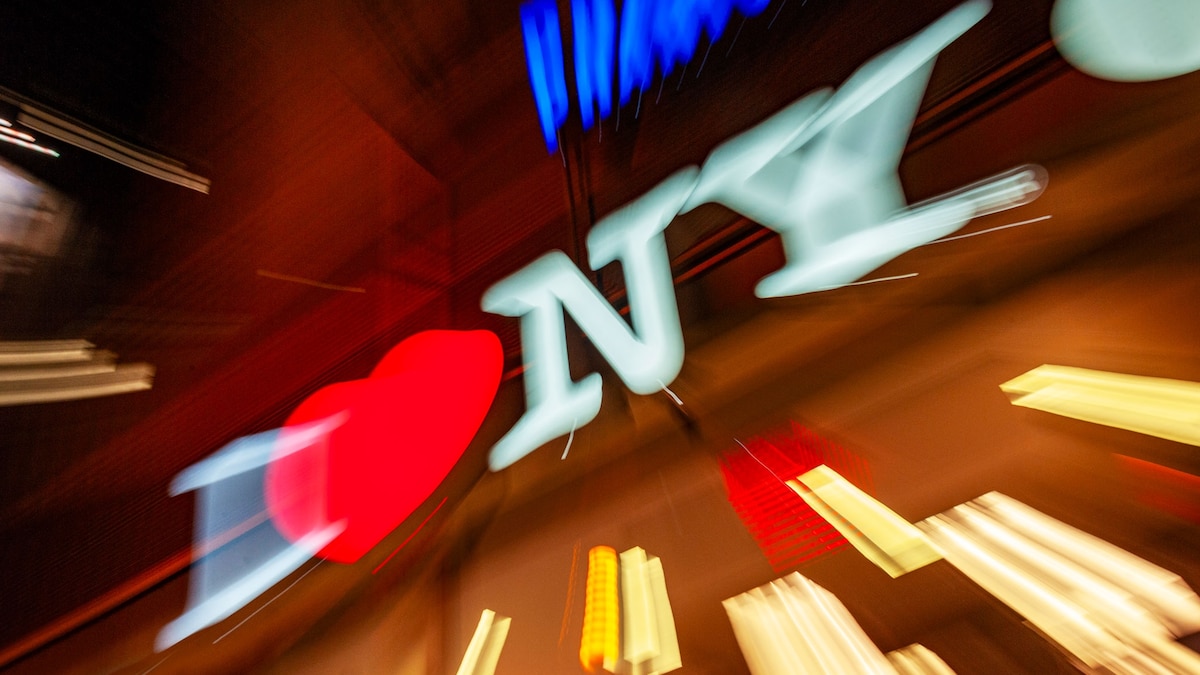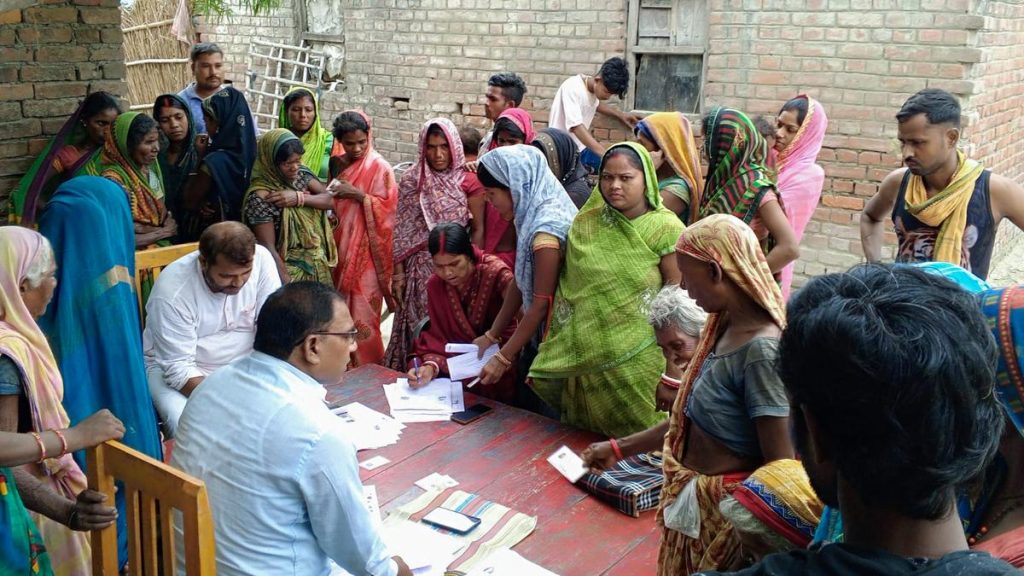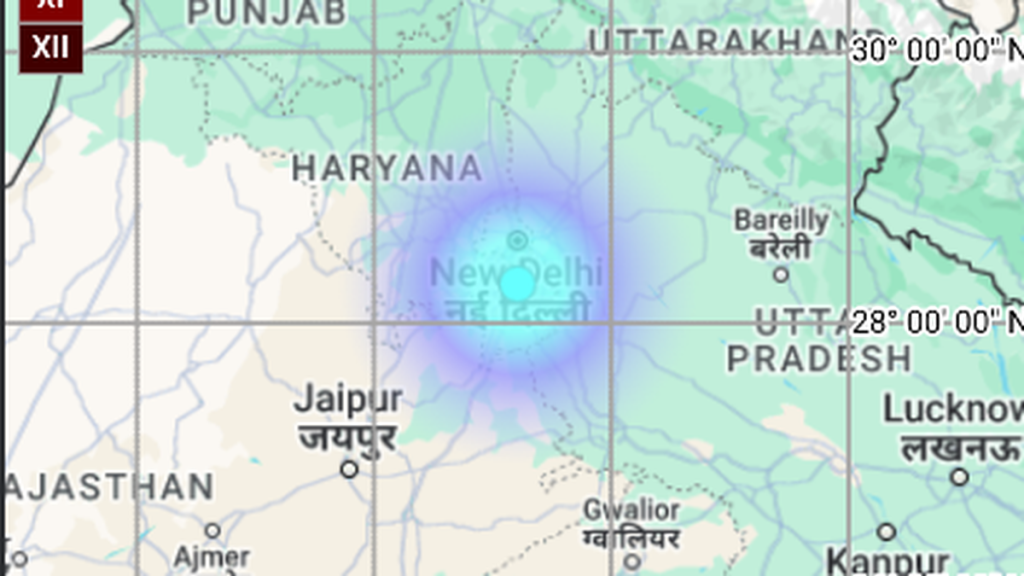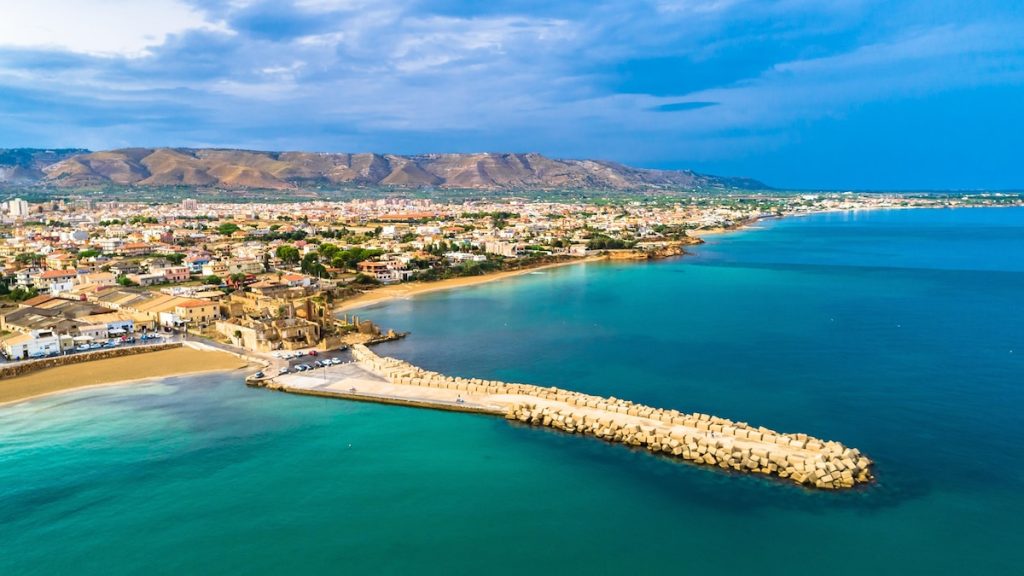Now Reading: How a Logo Helped New York Navigate a Near-Disastrous Blackout
-
01
How a Logo Helped New York Navigate a Near-Disastrous Blackout
How a Logo Helped New York Navigate a Near-Disastrous Blackout

Quick Summary
- In 1977, New York City faced severe economic decline, high crime rates, and widespread arson; neighborhoods like South Bronx suffered significant losses.
- A 25-hour blackout in July 1977 led to over a thousand fires, mass looting of stores (1,600 total), and nearly 3,700 arrests. Damage costs exceeded $300 million.
- Milton Glaser created the “I ❤️ NY” logo during this challenging era for a state tourism campaign aimed at rebranding the city’s image. The design was finalized with a red crayon sketch made in the back of a taxi.
- The logo became a symbol of resilience for New Yorkers and evolved into an enduring portrayal of civic pride despite initial skepticism from residents during unstable times.
- Merchandise revenue from the logo contributed substantially to New York’s recovery efforts and generated $30 million annually by 2011.
- Over time, it has adapted to crises like post-9/11 reflections (“I ❤️ NY More Than Ever”) or COVID-era interpretations while maintaining its emotional resonance globally.
!Milton Glaser’s original sketch on paper envelope
Photograph by The Museum of Modern Art
!Refined ink version using tape
Photograph by The Museum of Modern Art
!Updated Post-Attack Design on Front Page
Photograph by Viviane Moos
Indian Opinion Analysis
The story behind “I ❤️ NY” offers insight into how simple ideas can transform public sentiment even amid enormous systemic challenges. For India-a nation grappling with urbanization pressures-it highlights that solutions for city revitalization don’t always need heavy financial interventions but rather could rely on cultural unifiers capable of reigniting collective hope and pride among citizens.
Glaser’s creation reminds policymakers in India that symbolism carries an immense transformative potency when paired with timing; it fosters unity while bridging divides inherent in complex socio-economic crises similar to those seen across India’s metropolitan hubs today-from uneven resource allocation to scalability concerns tied directly within rural migration influx zones (Delhi or Mumbai facing migrant density).
Moreover issues such Underdeveloped budget-limit sectors parallel-policy inspiration models(Control Internal revenue-tourism multiplier-charge maintainulation Tax-rateper force contrast address)==valuable




























